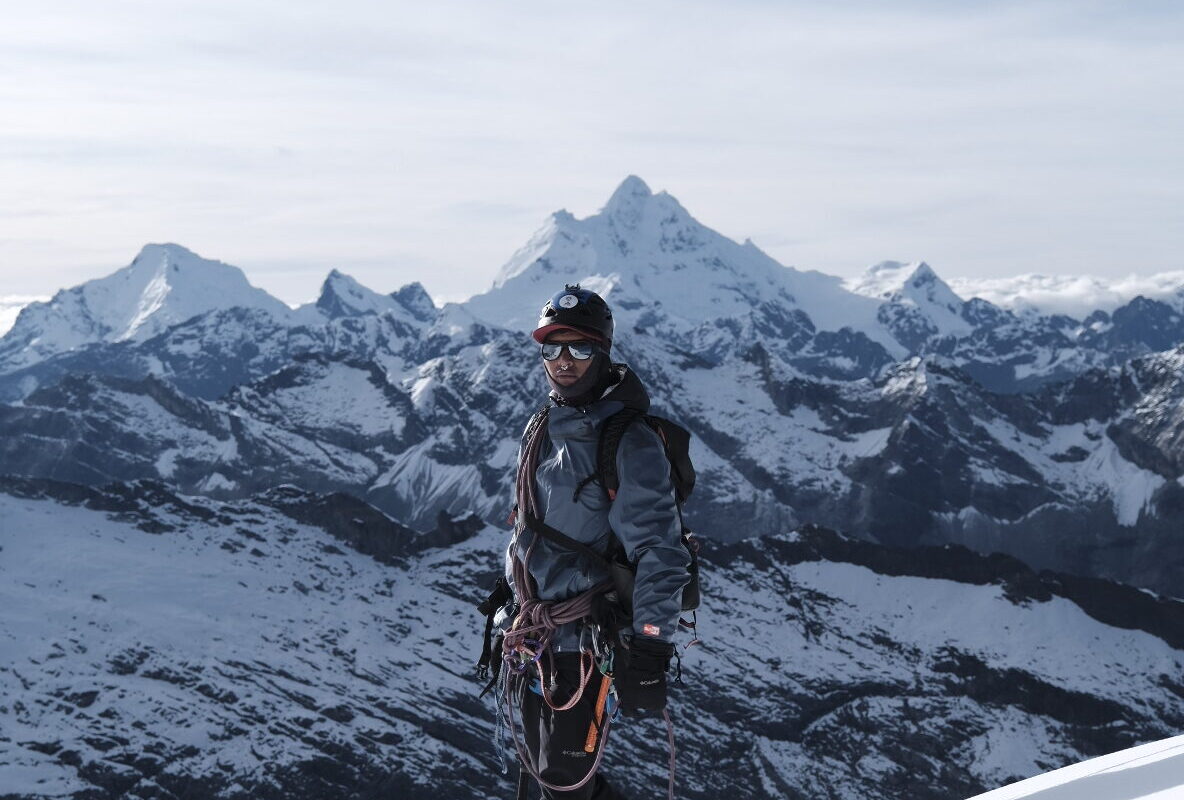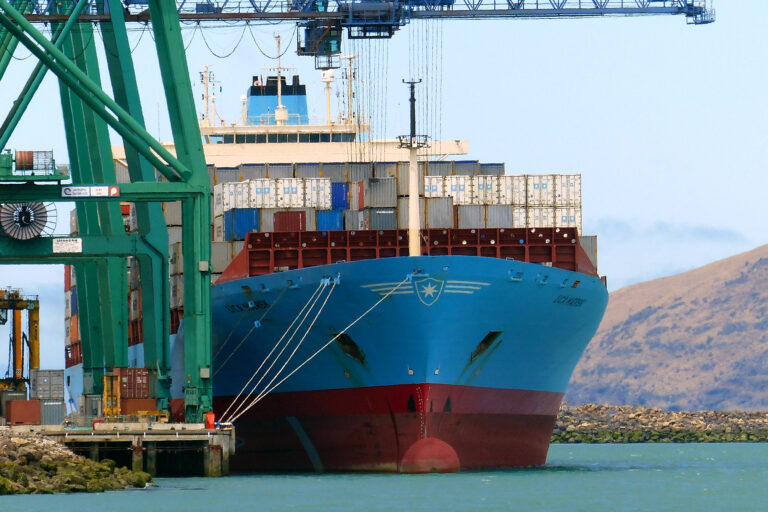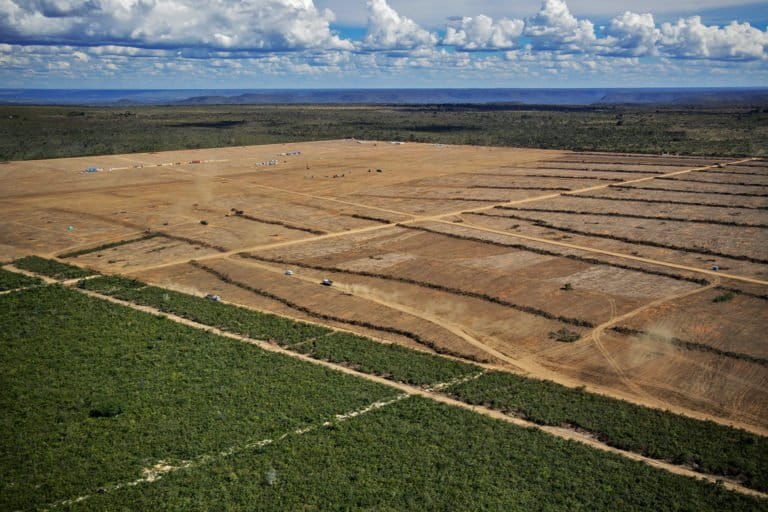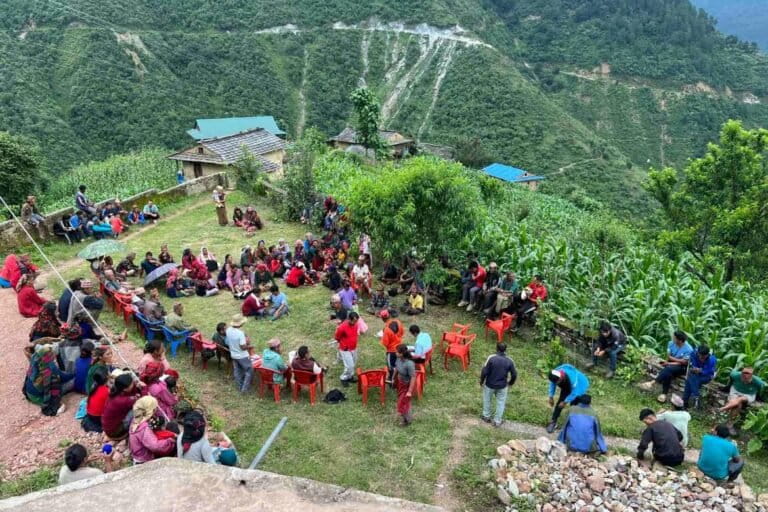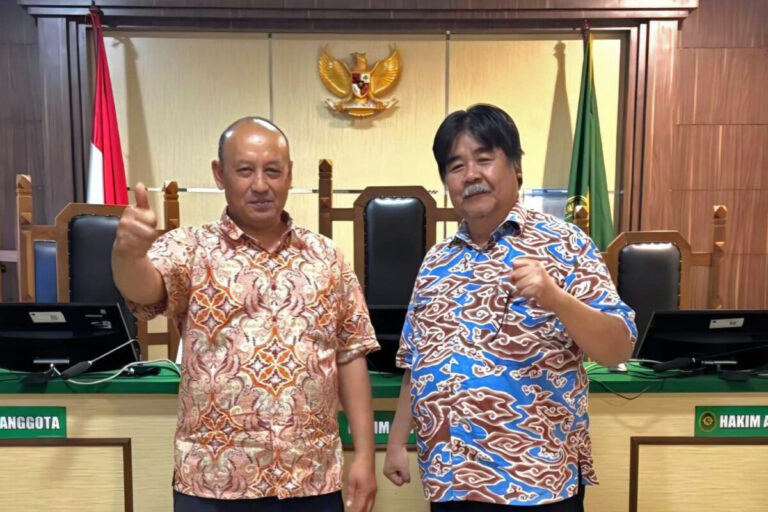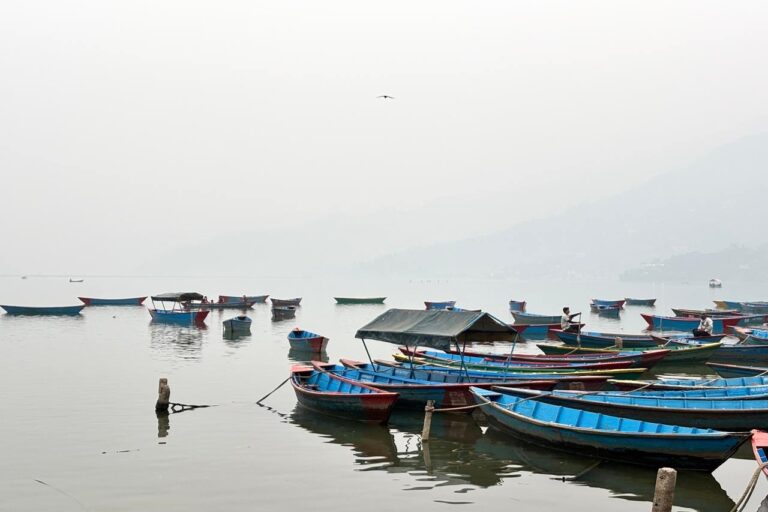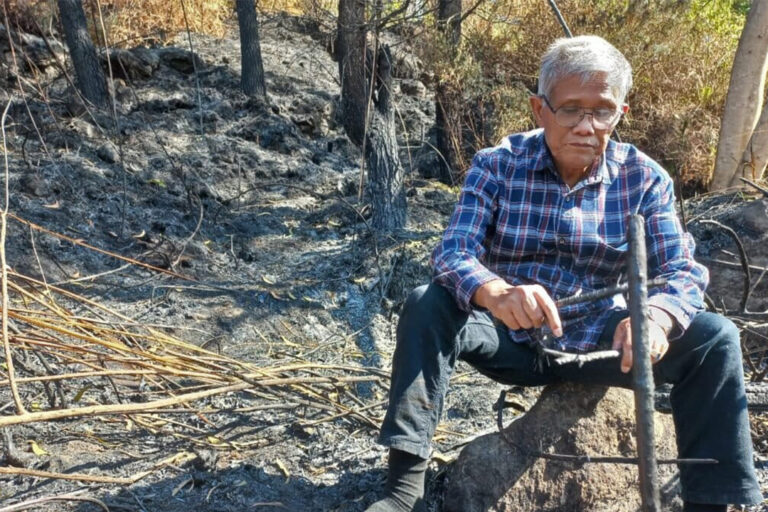- The number of fires in the Amazon biome topped 41,858 in 2019 as of August 24 (up from 22,000 this time last year). Scientists are especially concerned about wildfires raging inside protected areas, such as Jamanxim National Forest in Pará state and Mato Grosso’s Serra de Ricardo Franco Park.
- While the Bolsonaro government blames hot weather for the Amazon blazes, others disagree. They point to the link between fires and their use to illegally clear rainforest by land speculators, who — emboldened by Bolsonaro’s lax enforcement policies —sell cleared land for 100-200 times more money than it would sell for with trees covering it.
- Preliminary data shows deforestation rising under Bolsonaro. The rate in June 2019 was 88 percent higher than in June 2018; deforestation soared by 278 percent in July 2019 as compared with July 2018. The rise, analysts say, is due in part to the dismantling of IBAMA, Brazil’s environmental enforcement agency.
- Bolsonaro has pledged to bring in the army to fight the Amazon blazes and deployed the first units over the weekend, while on Monday the G7 nations promised an emergency $20 million in aid to help Amazon countries fight wildfires and launch a long-term global initiative to protect the rainforest.

On Friday night, Brazilian President Jair Bolsonaro appeared on national television, expressing his “profound love” for Amazônia and saying that his government had “zero tolerance” for environmental crimes. He also pledged to send in the armed forces to end illegal burning of the Amazon rainforest.
Bolsonaro, who, unusually for him, read from a prepared text, timed his address to influence world leaders, gathering at that moment in the French resort of Biarritz ahead of the G7 summit. Some, including French President Emmanuel Macron, called for an international response to force Brazil into decisive action to protect the rainforest. The Irish Taoiseach, Leo Varadkar, said on Friday that the EU should rethink whether to ratify the huge trade deal just concluded with the South American free trade area, Mercosur, saying that Bolsonaro’s attempt to blame the fires on NGOs and environmental groups was “Orwellian.”
The possibility that the trade deal, which took 20-years to negotiate, will be wrecked and that Brazil could also face a trade boycott, has greatly alarmed some in the Brazilian agribusiness sector, including former agriculture minister, Blairo Maggi, who has called for the government to change policies, warning that Brazil’s agricultural exports are “replaceable” on the world market.
Bolsonaro said that “forest fires, unfortunately, happen each year” and that the number of fires was “within the average of the last 15 years,” a figure provided by NASA. But, as analysts pointed out, this figure, though true, is misleading. In 2004 and 2005 — years when Amazon deforestation was peaking — there was also an alarming rise in annual fires, which topped 70,000. After that, thanks to impressive efforts by authorities, the number of fires generally fell, to 24,000 in 2017 and under 16,000 in 2018.
What is alarming observers is the resurgence this year: 41,858 Amazon fires by August 24, according to INPE (the National Institute of Space Research), which uses NASA images. The the neighboring Cerrado savanna has seen 23,000 fires (up from 20,000 last year).

These fires sent “rivers of smoke” to Brazil’s urban south last week, causing the skies of São Paulo, the country’s largest city, situated 2,000 kilometers (1,200 miles) from the Amazon, to become unusually dark. It was only then that this year’s Amazon’s fires became a big news story for the Brazilian press, and for the rest of the world.
But by that time, all the Amazon states, except Amapá in the north, had been feeling the effects of the infernos for several weeks; some since July. “The consequences for the [local] population are immense. The air pollution makes people ill and the economic impact can be high,” said Paulo Moutinho, senior researcher for IPAM (the Amazon Environmental Research Institute), a non-profit organization.
Those impacts flow far beyond Brazil’s borders, as the thousands of fires spew large amounts of carbon into the atmosphere, intensifying the global climate crisis.
As of Saturday, the first Brazilian troops were reportedly being hastily deployed to fight the Amazon blazes, while on Monday, the G7 nations pledged $20 million in emergency aid to help Amazon countries fight wildfires and to launch a long-term global initiative to protect the rainforest. Bolsonaro has not yet accepted the assistance.

Fires burning inside protected areas
One of the worst affected Amazon states is Rondônia in the western part of the basin. On August 16, a wall of smoke forced a plane approaching Porto Velho, the state capital, to reroute to Manaus. One Rondônia fire has raged unchecked for three weeks inside the Margarida Alves Environmental Reserve in Nova União. About 1,000 hectares (2,471 acres) have burnt. “It’s hard to breathe,” said journalist Evans Fitz. “Rondônia is dying, suffocated.”
The neighboring state of Acre saw 366 fires in July. Because of the high level of airborne carbon monoxide, way above those considered safe by the World Health Organization, the state health secretariat issued an August 9 epidemiological alert.
But it is Mato Grosso that has registered more fires than any other state; 12,990 from January 1 to August 15. Even the municipality of Colniza in the state’s northwest, which had managed to preserve much of its biodiversity and its forests, has been seriously affected; 1,049 fires have been detected there since July 15. Mato Grosso is located along the so-called “Arc of Deforestation,” the line differentiating rainforest from encroaching agribusiness.
Mato Grosso’s Serra de Ricardo Franco Park, on the border with Bolivia, is also burning. It has exceptional biodiversity, because it is located transitionally between three biomes — Amazonia, the Cerrado and Pantanal. The Bolivian section of the park is so valued it has been declared a Natural Heritage Site by UNESCO.
In Amazonas state, the municipality of Apuí, in the southern region has registered 673 fires. Importantly, eight of them are inside conservation areas protected by the federal government. Amazonas declared a state of emergency back on August 9, well before the rest of the world awoke to the Amazon crisis.

Fire, the biggest tool in the illegal deforestation toolbox
In his speech, Bolsonaro attributed the spike in fires to unusually hot weather. But this is not how scientists see it, especially since 2019 has not seen severe drought. “There is no such thing as a natural fire in Amazonia,” said Ane Alencar, IPAM’s director of science. “What happens is that people cut down the vegetation and burn it.” This has been the traditional way of clearing land in the Amazon and, when practiced on a small scale or done on existing farmlands to prepare for new crops, does little harm.
But over the last few months, deforestation — and the fires used to accomplish it – has run at an alarmingly high rate. The deforestation rate in June 2019 was 88 percent higher than during the corresponding month in 2018, reported INPE. Deforestation soared to more than 278 percent in July as compared with the same month a year ago, according to IPAM.
Much of this burning, especially on federal lands, say analysts, is likely driven by land grabbers who frequently use fire as a means of clearing forest in preparation for land sales to ranchers and farmers. They recognize that the Bolsonaro administration has largely disarmed the government’s environmental agencies, that no longer have budgets with which to fight fires, nor possess the authority to arrest perpetrators.
Scientists are especially concerned by fire-driven deforestation this year, as the blazes are spreading into várzea and igapó, areas flooded during the rainy season but within which can be found islands of unflooded forest. Normally, deforesters don’t venture into these protected areas, but Carlos Durigan, director of the Wildlife Conservation Society Brasil (WCS), told Amazônia Real that this changed in 2019, with distressing results. “This situation has caused irreparable damage to aquatic biodiversity, since areas of unflooded forest, which serve as a refuge and feeding areas for many species when the river is in flood, don’t exist anymore,” he explained.
According to environmentalists, deforestation had been held in check under previous governments by a coalition of forces — including federal and state agencies, NGO partners, indigenous and traditional communities, academics and scientists. That coalition has now collapsed. The implosion of the Amazon Fund earlier this month, which had curbed deforestation and backed sustainability in Amazon communities for more than a decade is an example of the systemic administrative failure underway.
“The position of the current government is to confront the efforts that for decades have been trying to construct a positive socio-environmental agenda for Amazonia,” said Durigan. “These efforts have stemmed from the mobilization of civil society, government agencies, universities and the private sector.” Durigan is now extremely worried that the situation “can deteriorate at a fast rate.”
Alejandro Fonseca Duarte, a Federal University of Acre professor, agrees: “Public policies have clearly changed [since Bolsonaro took over]. The government’s discourse and its policies now favor the lifting of protection over indigenous land, the promotion of mining, the extension of soy farming from Mato Grosso to Acre, the discrediting of the indicators of deforestation and the weakening of international support for the protection of the Amazon. This is the reality we are living. And we are beginning to see what it leads to.”
Six of the nine state governors in Amazonia are Bolsonaro backers, and have endorsed his policies; some have rejected the rule of law regarding the environment. In late May, Gladson Cameli, Acre’s governor, openly encouraged ruralists not to pay fines resulting from environmental crimes for which they’d been found guilty. “If IMAC [the Institute of the Environment in Acre] fines someone, tell me,” he said “And don’t pay any fine, because I’m in charge now.”
Cameli was elected last year after the left-leaning Workers’ Party which had governed Acre for 20 years, was voted out. When asked why he was encouraging ruralists to break the law, he replied: “Before, our farmers were traumatized by the excessively tough [environmental] measures taken by previous governments. They went further than they were required to by law.” Cameli is now promoting the spread of soy plantations across Acre.

Ruralists declare “A Day of Fire”
INPE data shows that, of all the deforestation occurring across Amazônia between August 1, 2018 and July 31, 2019, an estimated 59 percent took place in Brazil’s Pará state. Importantly, most of that (71 percent) occurred on federal lands. Pará is an epicenter of the struggle between Amazon conservationists and ruralists who strongly support agribusiness expansion.
It also appears that Bolsonaro is working to tip the balance in favor of deforesters in Pará. Although the president has been in office for nearly eight months, IBAMA, the federal environmental agency, has yet to appoint a superintendent for the state. In response to questions about the federal government’s failure to combat environmental crime, Mauro de Almeida, Pará’s environmental secretary, said on August 16 that the lack of an IBAMA chain of command is harming state efforts to battle deforestation.
Not surprisingly, Pará land grabbers now act as if they are above the law. Some proof of that came on August 5 in Novo Progresso, a town on the BR-163 highway dominated by ruralists. On that day they announced in A Folha de Novo Progresso, the local newspaper which they control, that they would be holding a “Day of Fire” on August 10. They called on all those who had cut forest in 2019, to set fire to it simultaneously. The cry was also taken up in Altamira, the largest municipal district in Brazil.
On August 10, more than 120 fires were registered in Novo Progresso, the highest number this year. But that record didn’t stand: the following day there were even more – 203 fires. No one was arrested or fined. Altamira recorded 194 fires, a 743 percent increase over the previous day, which then jumped to 237 the following day. According to the Queimadas Program, run by INPE, Novo Progresso and Altamira were national champions for forest fires over that weekend.
The residents said they felt “supported by the words of Jair Bolsonaro,” and were keen, as they told the local newspaper, “to show the President that we want to work.” They have little reason to fear reprisals. Normally, during the dry season, IBAMA opens a base in Novo Progresso to curb environmental crimes. But this year Helder Barbalho, the governor of Pará state, refused to authorize Military Police participation in IBAMA’s operations. Without the help of the Military Police, or the National Force (a law enforcement agency run by the Justice Ministry), IBAMA’s team would have found itself unprotected from violent reprisals, so cancelled its 2019 Novo Progresso operation.

Now, with no more IBAMA environmental monitoring money coming from Norway through the Amazon Fund, the chance of the agency’s deforestation enforcement activities restarting is increasingly remote.
The agribusiness frontier continues advancing rapidly in southwest Pará, and that advance occurs by fairly predictable steps. First, loggers extract the most valuable timber, then land speculators send in local workers, commonly held in slave-like conditions, to cut down and burn the remaining forest. The deforesters, who in many cases are wealthy land speculators, do not farm the land themselves, but sell the cleared forest land to cattle ranchers at high prices. In the bizarre economy of the Amazon frontier, speculators generally get 100, or even 200 times, more money for an acre of cleared land — denuded of its exuberant native vegetation and vibrant wildlife — than they would get for that same acre if forested. Finally, when cattle have grazed the land even further, it is resold for conversion to soy or other cash crops for export.
One of the areas that loggers and speculators are targeting most aggressively near Novo Progresso is the Jamanxim National Forest. Of all Brazil’s protected areas, it is the one most heavily devastated this year. The preserve lost 3 percent of its forest cover — 44,800 hectares (110,700 acres) — in May alone. Now loggers have paid for an illegal bridge to be built over the Jamanxim River, which will make it far easier to transport timber to the port of Itaituba on the Tapajós river. When the bridge is finished, probably by October, a threefold increase in traffic is expected. At the moment logging trucks have to be barged across the river. If Bolsonaro is sincere about his pledge to send in large numbers of troops to save the Amazon, this might be a place to start.

After a group of independent public litigators from Pará state’s federal public ministry (MPF) travelled to Novo Progresso to investigate the “day of fire,” they published a statement expressing alarm at IBAMA’s inability to carry out its legal function there. “Confronting illegal deforestation is a state policy,” imposed under the Brazilian Constitution, the MPF said. “Public Power does not have the right to decide whether or not it implements this policy. It is its duty!”
Most Brazilian seem to agree with the public prosecutors. A recent poll showed that 96 percent of the population, including many Bolsonaro supporters, partially or completely backed the statement that “President Bolsonaro and the Federal government should increase monitoring to prevent illegal deforestation in Amazônia.”
Going by last Friday’s speech and the army’s deployment, the president seemed to be listening. But for many people living in the Amazon, a better measure of Bolsonaro’s commitment would be the rebuilding of dismantled regulatory bodies, particularly IBAMA, as a means of protecting their homes and forest livelihoods from growing lawlessness, conflict and violence.
Meanwhile, Brazil’s dry season is ongoing and the Amazon continues burning.
FEEDBACK: Use this form to send a message to the author of this post. If you want to post a public comment, you can do that at the bottom of the page.



